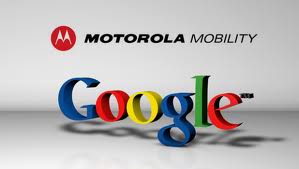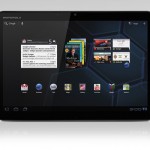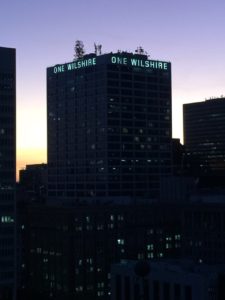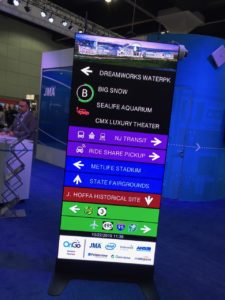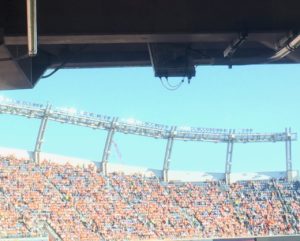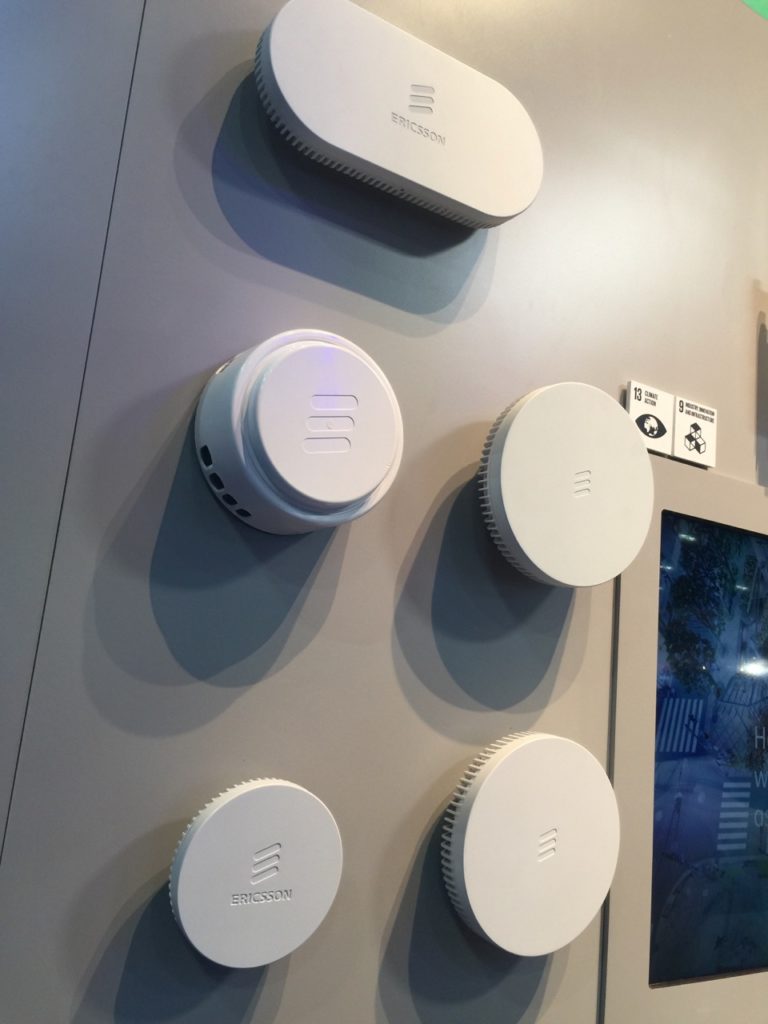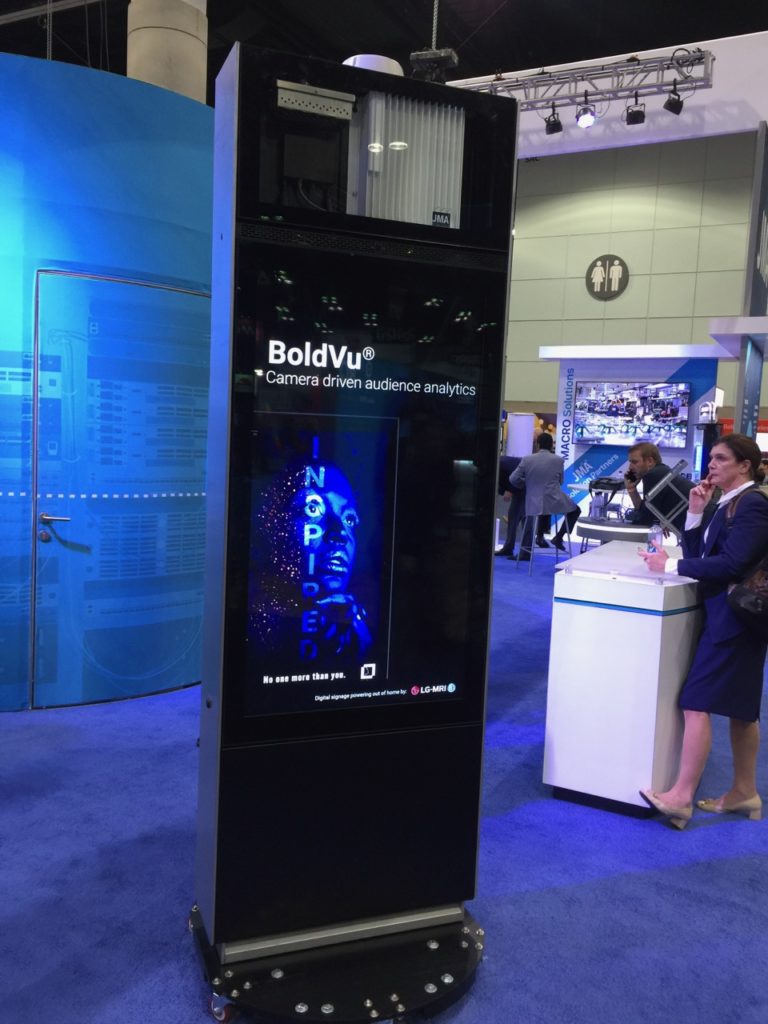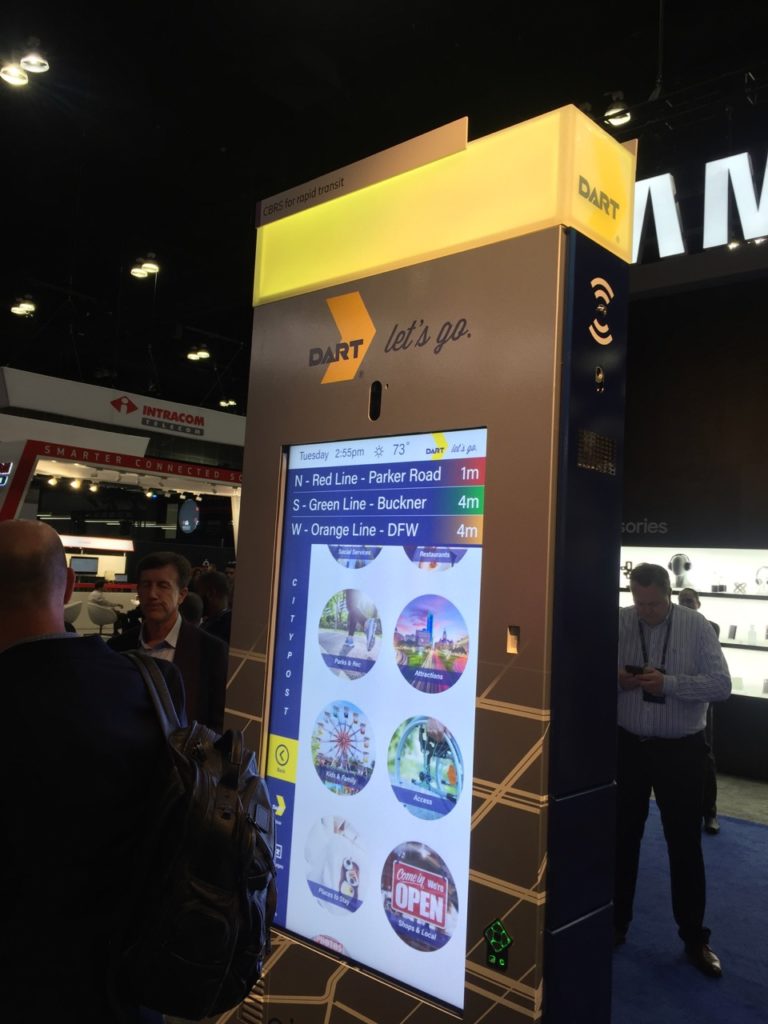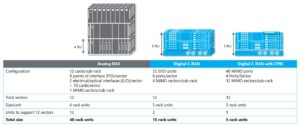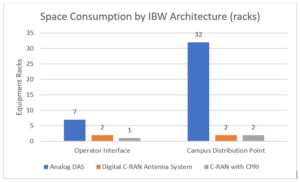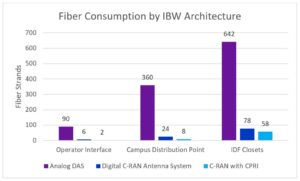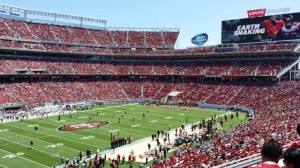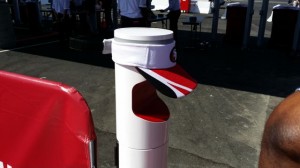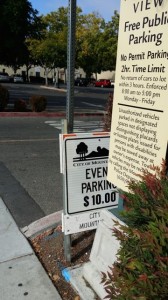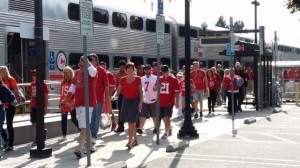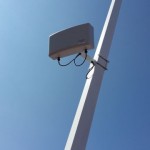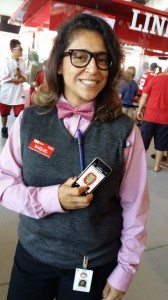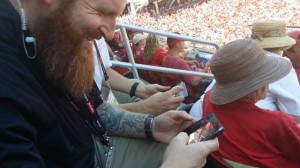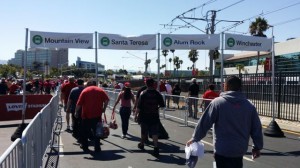The deal gets approval but EU said it is watching
As expected both the EU and the United States Department of Justice have given Google’s $12.5 billion purchase of Motorola Mobility the go-ahead. At the same time the US approved the purchase of Nortel wireless patents by an Apple-Microsoft led consortium.
From the outside it looks like this sets up a battle royal in the patent space as both now are armed with a host of additional patents and the players on both sides have shown a very ready willingness to go to court to enforce them.
Apple has been strongly going after a number of Android smartphone developers, in particular Samsung, HTC and Motorola. Motorola has been returning fire at Apple, with Google’s approval, while https://www.microsoft.com/Presspass/press/2012/jan12/01-12LGPR.mspx has been quietly but efficiently getting developers’ to pay it for select patents.
However hopefully we will not see a yearlong battle in this space, something that could temporarily blunt the strong growth of smartphones and tablets. No one wants what happened in the last years of dial up modems when conflicting technologies made for incompatibility.
According to a careful analysis of the agreements published in Foss Patents, Florian Mueller said that the approvals are not without caveats. The EU said specifically that it will be looking at future and past enforcement of patents by Google and that it is ready, willing, and able to step in if it believes they are being abused.
He said that the end result of these deals will be business as usual, which currently means a series of lawsuits working their way through court. At the same time he notes that just because no action has been taken to date does not mean that none is forthcoming.
From the European Commission’s press release announcing approval is this important paragraph. “Today’s decision does not mean that the merger clearance blesses all actions by Motorola in the past or all future action by Google with regard to the use of these standard essential patents. Our decision today is without prejudice to the legality under EU antitrust law of Motorola’s past and Google’s future actions. However, the question whether Motorola’s or Google’s conduct is compliant with EU antitrust law cannot be dealt with in the context of the merger procedure.”
So while it may be business as usual in the short run, the court cases could result in the addition of another player, and one that has a lot more clout than any of the individual players involved, or all of the players for that matter.
